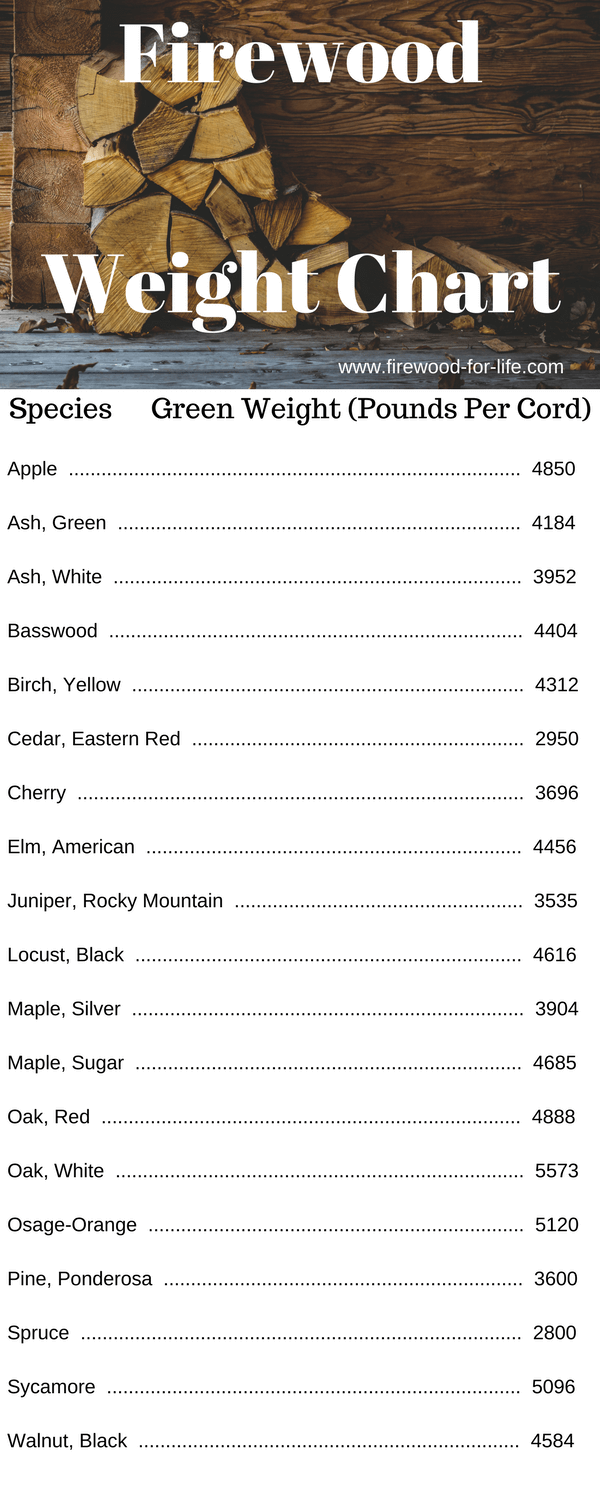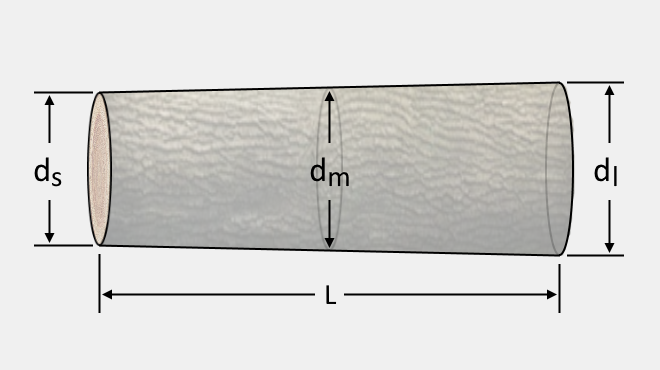A Wood Weight Calculator estimates the weight of lumber based on its density and volume. It often requires inputs such as wood species, dimensions, and moisture content.
Wood Weight Calculator
Understanding the precise weight of wood is essential for various industries and applications, from construction and carpentry to logistics and transportation. Proper weight estimation ensures safety in structural projects and efficiency in shipping. Whether you’re a professional woodworker, a DIY enthusiast, or involved in shipping and handling, a reliable Wood Weight Calculator is a valuable tool.
This digital resource helps in calculating the potential load, optimizing design choices, and verifying transportation limits to prevent overload, all with the convenience of quick and accurate computations. Embrace the ease of modern technology to get immediate wood weight estimations with a simple click.

Credit: support.cratepro.com
Introduction To Wood Weight Calculators
Wood Weight Calculators are vital tools for various industries.
They provide quick estimates of wood’s weight. These calculators take into account the volume of wood and its species-specific density.
Importance Of Measuring Wood Weight
- Accuracy in Shipping: Correct weight leads to fair shipping costs.
- Project Planning: Builders need the weight for structural integrity.
- Safety: Knowing the load limits is crucial for transportation.
Common Uses In Industry
Wood weight calculators have multiple applications:
| Industry | Use |
|---|---|
| Construction | Calculating load for beams and frames. |
| Furniture Making | Determining material cost and shipping. |
| Logistics | Managing transport by assessing weight. |
Key Factors Influencing Wood Weight
Understanding how much wood weighs is vital for projects. Different factors determine this weight.
Wood Density And Species
Not all woods weigh the same. The density, or how tightly the wood fibers pack together, influences weight. Species like oak are denser and heavier. Others, like balsa, are light. A wood weight calculator considers these differences.
Dense species result in heavier wood:
- Oak
- Maple
- Walnut
Lighter species include:
- Balsa
- Cedar
- Pine
Moisture Content And Its Impact
Wood contains water. The amount of water, or moisture content, changes its weight. Freshly cut wood weighs more due to high moisture. As it dries, it becomes lighter. A wood weight calculator adjusts for these changes.
The impact involves:
- Higher moisture means a heavier weight.
- Over time, drying reduces weight.
- Calculators assess moisture levels.
How Wood Weight Calculators Work
Imagine you need to know how heavy a piece of wood is before you start a project. A Wood Weight Calculator makes this easy. It uses math to tell you the weight. Let’s dive into the details.
Input Parameters
To get the weight of wood, you first need to give some information:
- Wood Type: Different kinds of wood have different weights.
- Volume: How big is the piece of wood? You must measure the height, width, and length.
- Moisture Content: Wet wood is heavier than dry wood.
Calculation Formulas
The calculator uses a special formula:
- It multiplies the volume of wood by its density.
- Then adjusts the total weight based on moisture.
Here’s a simplified version of the formula:
Weight = Volume × Density × (1 + Moisture Content)
Accuracy And Limitations
Calculators are helpful but not perfect. Remember these points:
- Accuracy: The calculator’s answer depends on the information you put in. Correct details make for a precise weight.
- Variations: Nature makes each piece of wood unique. This means the actual weight might be a little different.
- Tools: To measure wood, you should use good tools. Bad tools can give you the wrong size.

Credit: www.firewood-for-life.com
Manual Vs. Digital Calculations
When measuring wood weight, you have two main options: manual or digital calculations. Let’s dive into the pros and cons of each method to help you pick the best fit for your woodworking project.
Advantages Of Traditional Methods
Using a ruler and a formula can seem old-fashioned, but it’s trusted by many. Here’s why:
- No need for technology: You can calculate anywhere, anytime.
- Builds skills: You learn and apply math and woodworking knowledge.
- Checks and balances: Manually reworking numbers can catch errors.
Benefits Of Digital Tools
Digital calculators offer a quick way to get results. They’re great because:
- Save time: Get wood weight fast by entering your measurements.
- Accessibility: Use tools on various devices like phones, tablets, or computers.
- Precision: Digital tools often provide more accurate calculations.
Choosing The Right Tool For The Job
Deciding on the best method depends on your personal needs and the project’s complexity.
| Consideration | Manual | Digital |
|---|---|---|
| Time | More | Less |
| Accuracy | High (with expertise) | Very High |
| Convenience | Variable | High |
Practical Applications Of Wood Weight Calculations
Understanding the weight of wood is crucial in various industries. Knowing how much wood weighs helps to design and build structures safely. It also makes transporting materials easier. Furthermore, it supports sustainable forestry. Finding the weight of wood might seem tough, but with a Wood Weight Calculator, it’s simple and quick.
Construction And Design
Builders and architects must know the weight of wood. It ensures buildings are strong and safe. Let’s see where wood weight is key:
- Choosing the right wood for beams – Some woods can support more weight than others.
- Creating safe flooring – Floors must hold up a lot of weight.
- Planning the structure of roofs – Roofs face heavy rain and snow.
Logistics And Transportation
Transporting wood needs careful planning. The weight affects how we move it:
- Calculation of transportation costs – Weight impacts the cost.
- Ensuring vehicle safety – Trucks have weight limits for safe driving.
- Optimizing loading efficiency – Knowing weight helps load more wood.
Sustainable Forestry Practices
Knowing wood weight helps forests stay healthy. Here’s why:
| Practice | Reason |
|---|---|
| Harvest Planning | Weighing trees shows how many to cut safely. |
| Wood Replacement | We know how much new wood to plant. |
| Monitoring Health | Different weights may show disease. |

Credit: sherrilltree.com
Improving Your Woodworking With Accurate Measurements
Mastering woodworking projects relies on precision. Crafting a magnificent piece requires not just skill but also accurate measurements. Flawless creation starts with the right calculations. A wood weight calculator is a vital tool. It ensures you measure and estimate wood weight correctly. This results in impeccable design and execution. Become an expert in woodworking by harnessing the power of precise measurements.
Tips For Selecting Wood
Choosing the right wood is the starting point for any woodworking endeavor. Consider these points:
- Grain Pattern: Look at the wood’s lines and swirls. They should be even and appealing.
- Wood Type: Softwoods and hardwoods serve different purposes. Choose based on your project’s needs.
- Dryness: Wood should be properly dried to prevent warping
Ensuring Structural Integrity
The durability of your woodwork hinges on the structure. Here’s how to ensure integrity:
- Use the wood weight calculator to determine the weight each piece can support.
- Pick wood with the right strength for your project’s demands.
- Double-check your calculations before cutting.
Cost-saving Strategies
Accurate calculations can also lead to cost savings:
| Strategy | How It Saves Money |
|---|---|
| Measure Twice, Cut Once | Prevents waste and the need to purchase more wood. |
| Bulk Buying | Buying in bulk often comes with discounts. |
| Plan Cuts Strategically | Maximize material usage by planning your cuts. |
Frequently Asked Questions On Wood Weight Calculator
How Do You Calculate The Weight Of Wood?
To calculate wood weight, multiply its volume by its specific gravity, then by the density of water (1000 kg/m^3). Use accurate wood dimensions and correct specific gravity values for the wood species.
How Do You Calculate The Weight Of A Tree?
To calculate a tree’s weight, measure its diameter and height, then apply species-specific volume equations or use a weight estimation chart for approximate values.
How Much Does A 2×4 Weigh?
A 2×4 board’s weight varies with moisture content, but on average, a dry kiln 2×4 weighing approximately 9 to 13 pounds.
How Do You Weigh Lumber?
Determine lumber weight by using a scale suitable for its size and weight. Measure in pounds or kilograms, factoring in species density and moisture content for accuracy. Record results for inventory or shipping purposes.
Conclusion
With our wood weight calculator, completing your project just got easier. Save time and ensure accuracy for all your woodworking needs. Embrace the simplicity and precision it brings to the table. Remember, whether for construction or crafting, the right tools make all the difference.
Happy building!


